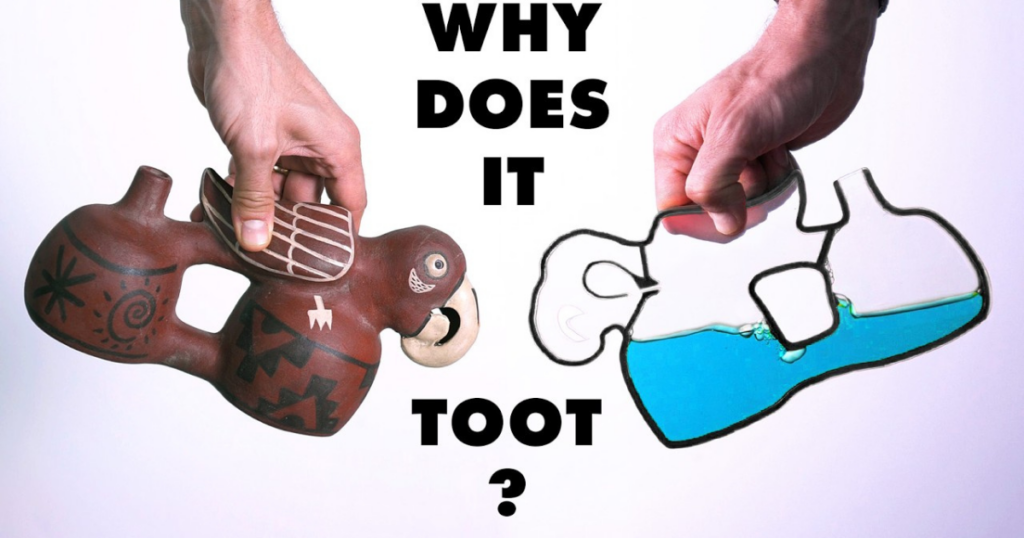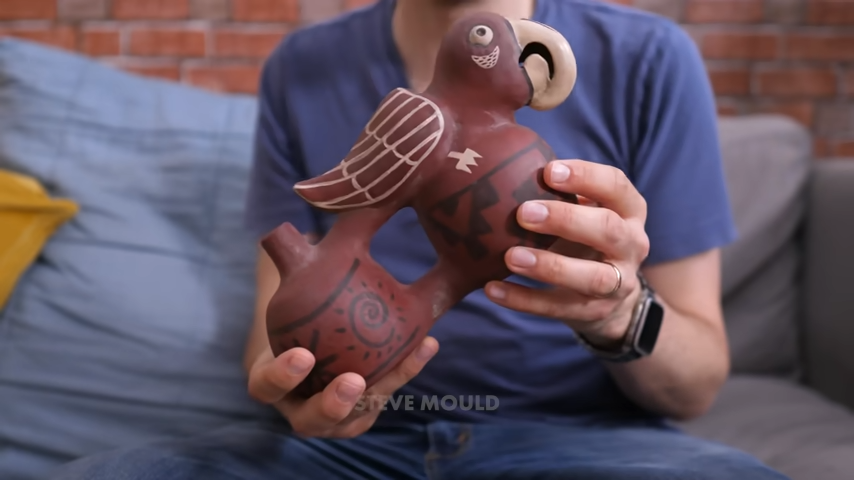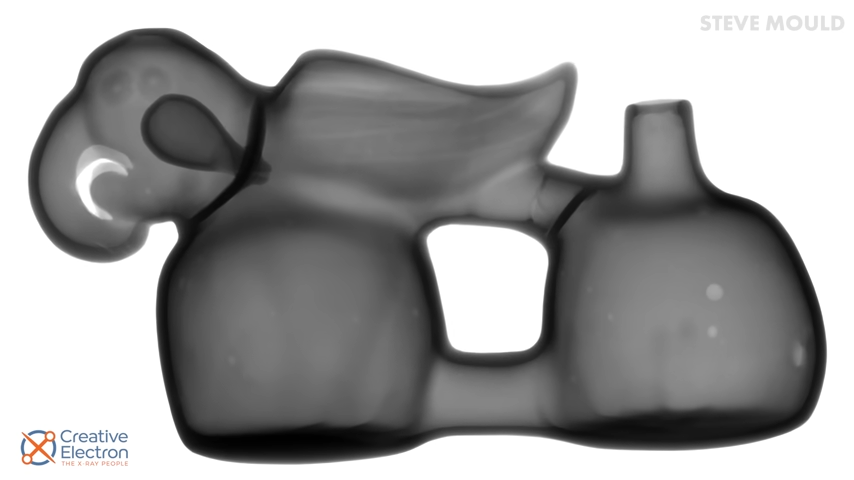
Have you ever wondered how a simple clay vessel can produce such a mesmerizing sound? This article delves into the science behind the Peruvian whistling vessel, exploring its unique design and the factors influencing its characteristic warbling melody.
The Intriguing Instrument: A Symphony of Water and Air

The Peruvian whistling vessel is a fascinating instrument, traditionally crafted from clay. Filled with water and tilted back and forth, it produces a whistling sound that varies depending on the vessel’s design. While the basic principle seems straightforward – water displacing air through a whistle – the resulting warbling sound adds a layer of complexity.
X-ray Vision: Unveiling the Inner Workings

To understand the warbling phenomenon, we enlist the help of X-ray technology. These specialized images reveal the intricate inner workings of the vessel, including the whistle mechanism and the chambers that hold water and air. This allows us to visualize the flow of air and water as the vessel tilts.
The Whistle: The Heart of the Melody
The X-rays confirm the presence of a whistle, validating the initial hypothesis of how the vessel produces sound. The whistle’s shape, similar to a sports whistle, disrupts the airflow, creating the whistling sound. Notably, some vessels have additional holes on the head, likely allowing the sound to escape more easily.
The 2D Challenge: Unveiling the Importance of 3D

Creating a transparent, 2D version of the vessel, unfortunately, doesn’t replicate the whistling sound. This highlights the crucial role of the third dimension – the vessel’s shape allows for a larger chamber and faster air flow, essential for producing the whistle.
Unveiling the Warble: A Dance of Glug and Whistle
To understand the warbling sound, we create a “cutaway” version of the vessel, carefully splitting it in half and resealing it with a transparent material. This allows us to observe the interaction between water and air within the chambers.
Our initial assumption was that a narrow air channel in the whistle and a wide connecting pipe between the water chambers contributed to the warble. When the vessel tilts, water fills the receiving chamber slowly, allowing some air and water to exchange through the connecting pipe, causing a “glug” sound that disrupts the whistle’s tone.
This theory is supported by the observation that restricting airflow in the 2D model and the cutaway vessel can induce glugging sounds, similar to those produced by a “gluggle jug.”
The Narrow Escape: Surface Tension and the Warbling Effect
The cutaway vessel, however, doesn’t exhibit the warbling sound. This seemingly contradictory observation leads us to explore the role of surface tension in the connecting pipe. Cutting the vessel in half reduces the pipe’s cross-sectional area, making surface tension a more significant factor. This suggests that a wider connecting pipe, allowing for easier water flow and less surface tension influence, is crucial for the warbling effect.
Comparing Vessels: Shape Matters
Further evidence supporting the connection between pipe size and warbling comes from comparing different vessels. Vessels with narrower connecting pipes, like one producing a continuous whistle, and one producing rapid warbles with a wider and shorter pipe, exemplify this relationship.
Interestingly, the “person whistling vessel,” despite having a wider connecting pipe, doesn’t exhibit warbling. X-ray analysis reveals that this vessel has a much wider whistle passage, allowing air to escape rapidly, preventing the chambers from reaching a point where glugging occurs.
Beyond the Basics: Exploring Additional Complexities
The article concludes by acknowledging the complexity of the whistling mechanism and the influence of various factors beyond pipe size. It mentions the “Tesla valve” analogy, highlighting the possibility of the whistle mechanism having directional flow properties, allowing air to flow out more easily than in.
Additionally, the “person whistling vessel” showcases the presence of a second whistle activated under specific conditions, further demonstrating the ingenuity and intricate design of these fascinating instruments.




